Pak-Afghan: Trade discrepancies decreased, need to do more
Amount fell to $1b in 2014 from $2.9b in 2010 after new transit trade agreement.
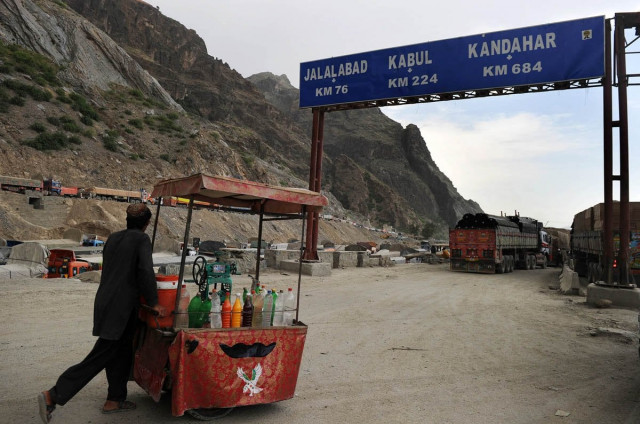
The report urged the customs departments of both countries to improve coordination. PHOTO: AFP
Pakistan Business Council (PBC), a business policy advocacy forum representing Pakistan’s 47 largest enterprises including multinationals, conducted a study titled, ‘Afghanistan’s transit trade patterns pre and post Pakistan Transit Trade Agreement (APTTA)’.
“Pakistan and Afghanistan need to work on removing procedural shortcomings of the new agreement implemented in 2011 as opposed to negotiating a new transit agreement,” the research report recommended.
The report urged the customs departments of both countries to improve coordination to ensure that valuations of major smuggling-prone items like tyres, fabric and tea reflect their international prices and that those revenue leakages are plugged.
It noted that though Pakistan still accounted for 58% of Afghanistan’s transit imports, Pakistan should make efforts to ensure that it does not lose its share in transit trade to Chabahar, an under construction Iranian port close to Pak-Iran border that is seen in competition with Pakistan’s Gwadar port.
The disturbing aspect of Afghan transit trade is a major difference in Pakistan and Afghanistan’s reporting in value of the transit trade. For instance, in 2014, Pakistan reported a transit trade of $2.15 billion while Afghan customs reported imports of only $1.2 billion. Although this discrepancy or difference in trade figures has been reduced to $1 billion in 2014 from $2.9 billion in 2010, it should be further reduced.
The report specifically pointed out to 14 items like green and black tea, glassware, soap, electro diagnostic equipment, generating sets, tyres, fabric and office furniture where major undervaluation and smuggling seem to take place.
Published in The Express Tribune, June 26th, 2015.
Like Business on Facebook, follow @TribuneBiz on Twitter to stay informed and join in the conversation.


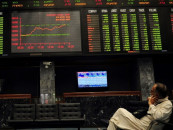

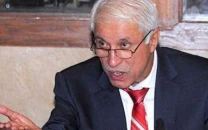
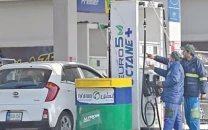
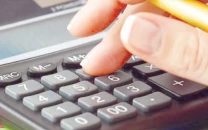











COMMENTS
Comments are moderated and generally will be posted if they are on-topic and not abusive.
For more information, please see our Comments FAQ